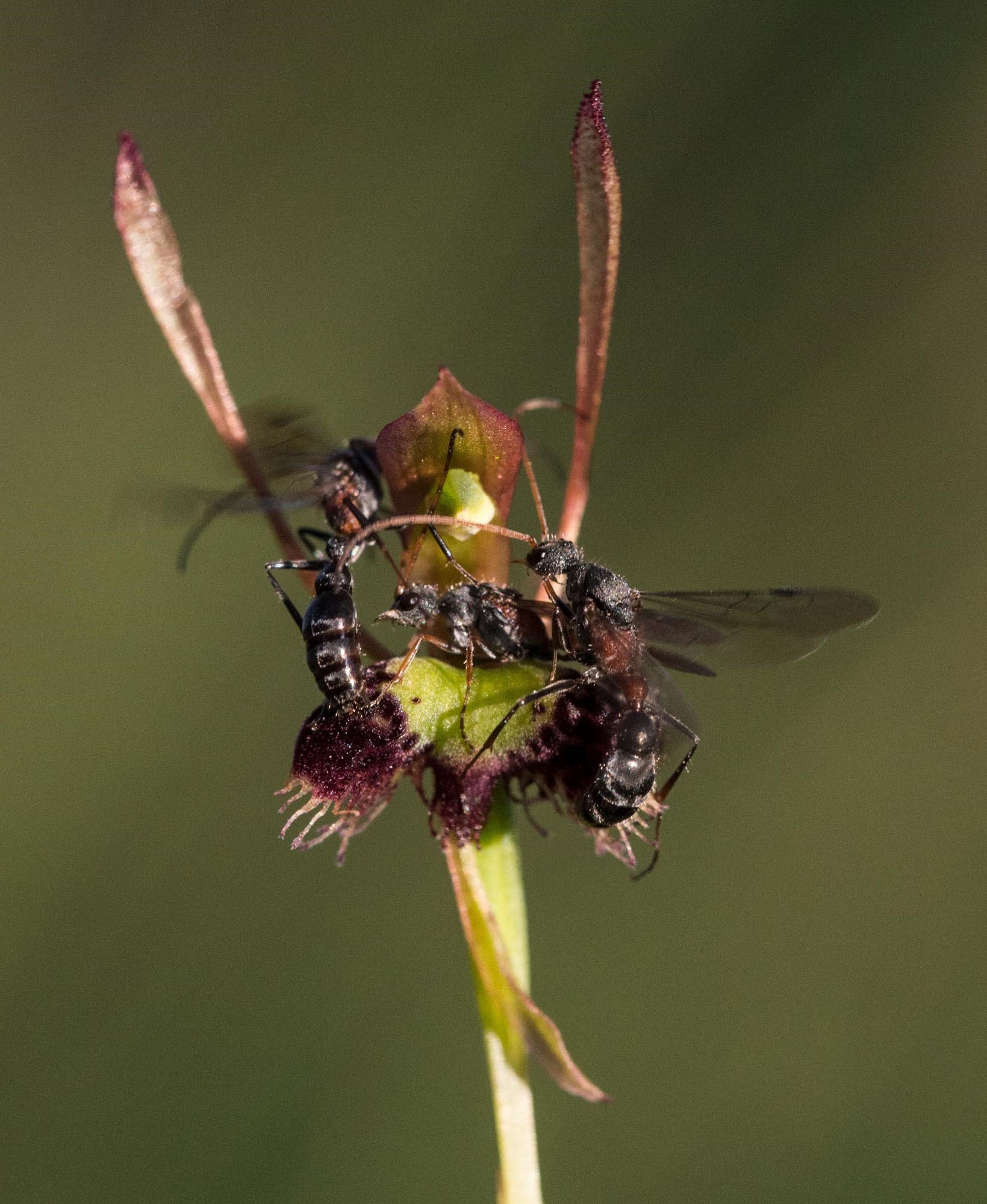The Ecology and Diversity of Orchids
A special issue of Diversity (ISSN 1424-2818). This special issue belongs to the section "Plant Diversity".
Deadline for manuscript submissions: closed (15 November 2020) | Viewed by 65899
Special Issue Editor
Interests: orchid ecology; orchid diversity; orchid pollination; orchid conservation; orchid taxonomy; plant-fungi interactions; restoration of urban bushland; weed management; monitoring ecosystems
Special Issue Information
Dear Colleagues,

Orchids have unique aspects to their biology that result in small-scale and large-scale ecological interactions that differ from other plants. Small-scale interactions that regulate orchid survival and recruitment include highly specialised pollination mechanisms and seed germination processes, as well as threats such as grazing or disturbance. Large-scale processes include dispersal mechanisms that can result in unusual distribution patterns and specific habitat types, and can impact of climate change. Orchid conservation requires unique approaches to investigate these interacting factors from the perspectives of orchids, their insect pollinators, and their mycorrhizal fungi. This Special Issue will focus on these topics with the aims of more effectively conserving threatened species and enhancing our knowledge of all orchids.
Prof. Mark BrundrettGuest Editor
Manuscript Submission Information
Manuscripts should be submitted online at www.mdpi.com by registering and logging in to this website. Once you are registered, click here to go to the submission form. Manuscripts can be submitted until the deadline. All submissions that pass pre-check are peer-reviewed. Accepted papers will be published continuously in the journal (as soon as accepted) and will be listed together on the special issue website. Research articles, review articles as well as short communications are invited. For planned papers, a title and short abstract (about 100 words) can be sent to the Editorial Office for announcement on this website.
Submitted manuscripts should not have been published previously, nor be under consideration for publication elsewhere (except conference proceedings papers). All manuscripts are thoroughly refereed through a single-blind peer-review process. A guide for authors and other relevant information for submission of manuscripts is available on the Instructions for Authors page. Diversity is an international peer-reviewed open access monthly journal published by MDPI.
Please visit the Instructions for Authors page before submitting a manuscript. The Article Processing Charge (APC) for publication in this open access journal is 2600 CHF (Swiss Francs). Submitted papers should be well formatted and use good English. Authors may use MDPI's English editing service prior to publication or during author revisions.
Keywords
- Orchids
- Diversity patterns
- Conservation biology
- Pollination
- Demographics
- Phenology
- Threatening processes
- Climate.
Benefits of Publishing in a Special Issue
- Ease of navigation: Grouping papers by topic helps scholars navigate broad scope journals more efficiently.
- Greater discoverability: Special Issues support the reach and impact of scientific research. Articles in Special Issues are more discoverable and cited more frequently.
- Expansion of research network: Special Issues facilitate connections among authors, fostering scientific collaborations.
- External promotion: Articles in Special Issues are often promoted through the journal's social media, increasing their visibility.
- e-Book format: Special Issues with more than 10 articles can be published as dedicated e-books, ensuring wide and rapid dissemination.
Further information on MDPI's Special Issue polices can be found here.





